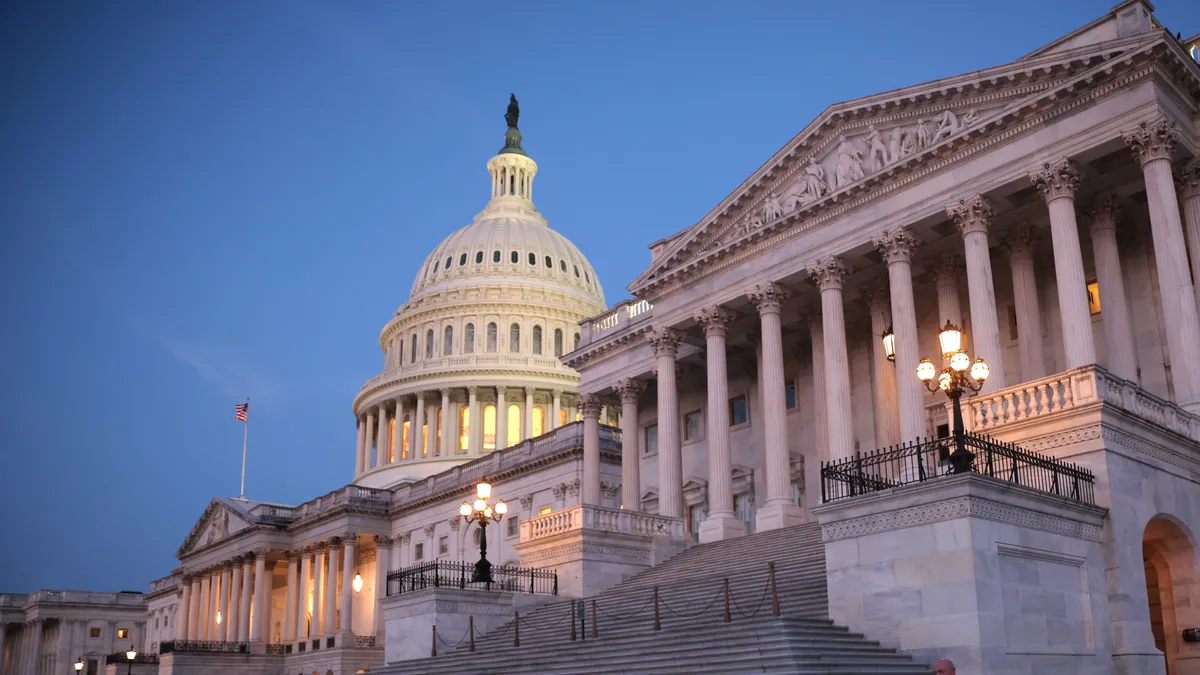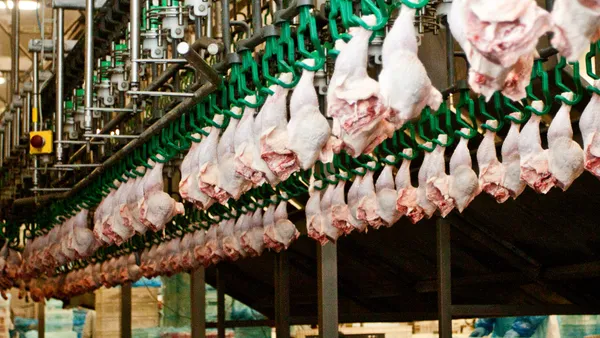House farm bill negotiators may need to rethink how to pay for proposed increases to safety net programs after updated budget estimates for Republicans' savings plan came in tens of millions of dollars below expected.
The Congressional Budget Office last week unveiled its spending projections for the 2024 to 2034 period, forecasting the Agriculture Department's discretionary spending under the Commodity Credit Corporation to be around $12 billion. Republicans had been counting on approximately $50 billion in savings by restricting discretionary spending authority, with plans to reallocate the savings to commodity programs.
The shortfall will make it even tougher for House Agriculture Chairman Glenn "GT" Thompson to get a farm bill through Congress before the Sept. 30 deadline. Thompson's proposal still faces scrutiny from the Rules Committee, where deficit hawks from the far-right Freedom Caucus could shoot it down.
Democrats have panned Republicans' proposal to limit CCC spending, which they say is an essential tool to broadly respond to disasters or other unexpected challenges. Agriculture Secretary Tom Vilsack has used the CCC to support response efforts to bird flu in dairy cows and assist producers who faced heavy losses from hurricanes or other natural disasters.
Senate Agriculture Chair Debbie Stabenow said in a statement following the release of the updated budget projections that it's time for Republicans "to negotiate in reality."
“Today’s updated projections from CBO prove what we have been saying all along: the House Republican Farm Bill is unpaid-for, relying on magic math and wishful thinking," she said in a statement. "In exchange for blocking USDA’s ability to provide real time assistance to farmers through the CCC to address emerging challenges, House Republicans received only a small fraction of the $50 billion hole they need to fill to pay for their bill."
Thompson told the Fence Post in an emailed statement that House Republicans will work with the Budget Committee to "ensure scores reflect the reality" of spending under the CCC. The chairman said that "there are still clear discrepancies between their forecasts and historic realities."
“Simply put, the retiring senator from Michigan still has no bill text, no funding mechanism, and no bipartisan support for her proposals, but the House will continue its work on our committee-passed, bipartisan, legislative text in pursuit of a five-year farm bill," he said.
In addition to updated numbers on CCC costs, the budget office released new estimates for spending under the Supplemental Nutrition Assistance Program, which makes up the vast majority of farm bill spending. The CBO expects SNAP spending to decrease by 5% or $59 billion in the next 10 years, reflecting a reduction in average benefits.











